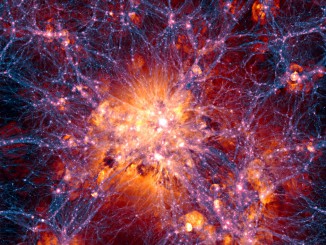
Month: November 2014

Observing

News

News

Picture This

News

Picture This

Picture This

News

News

News
